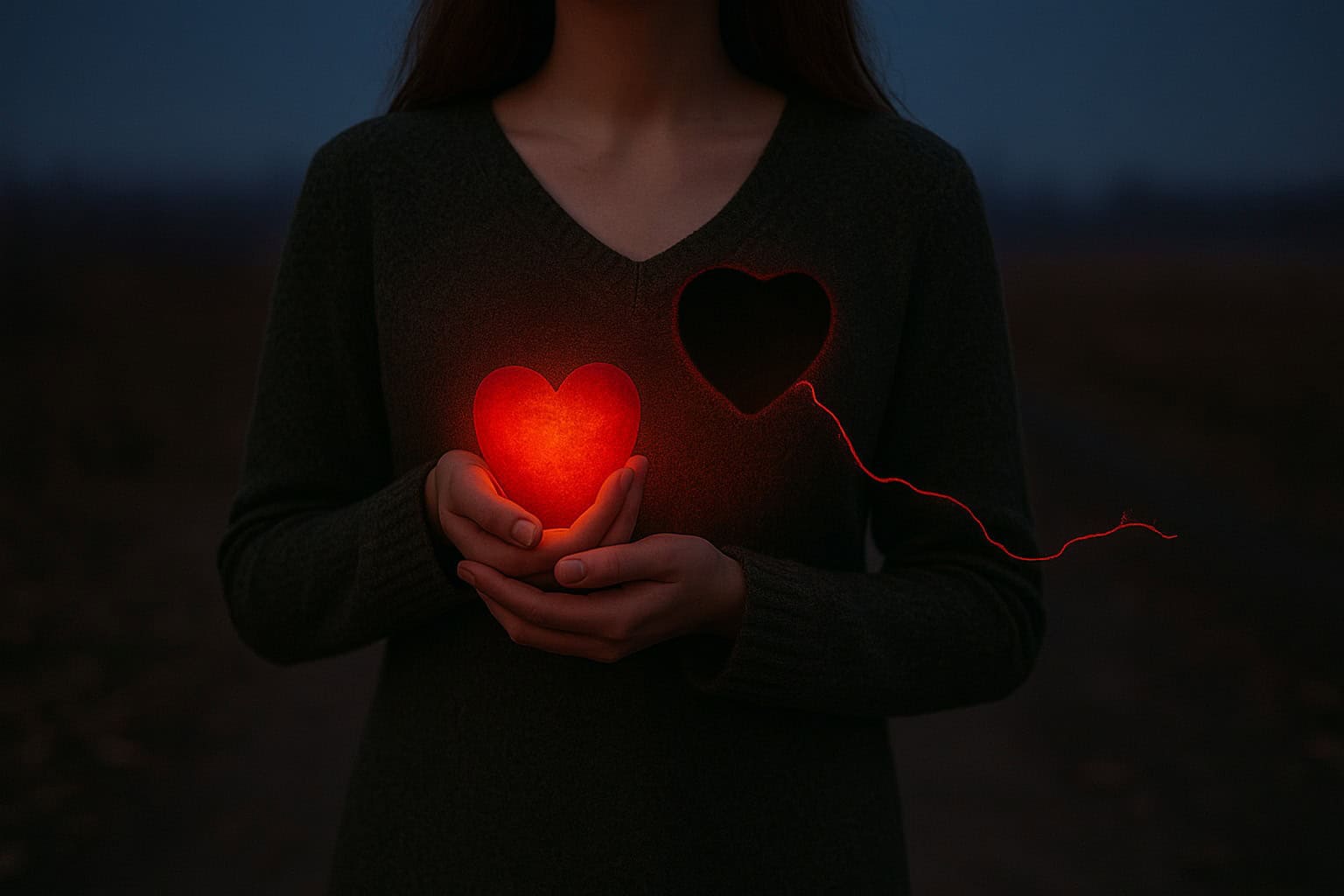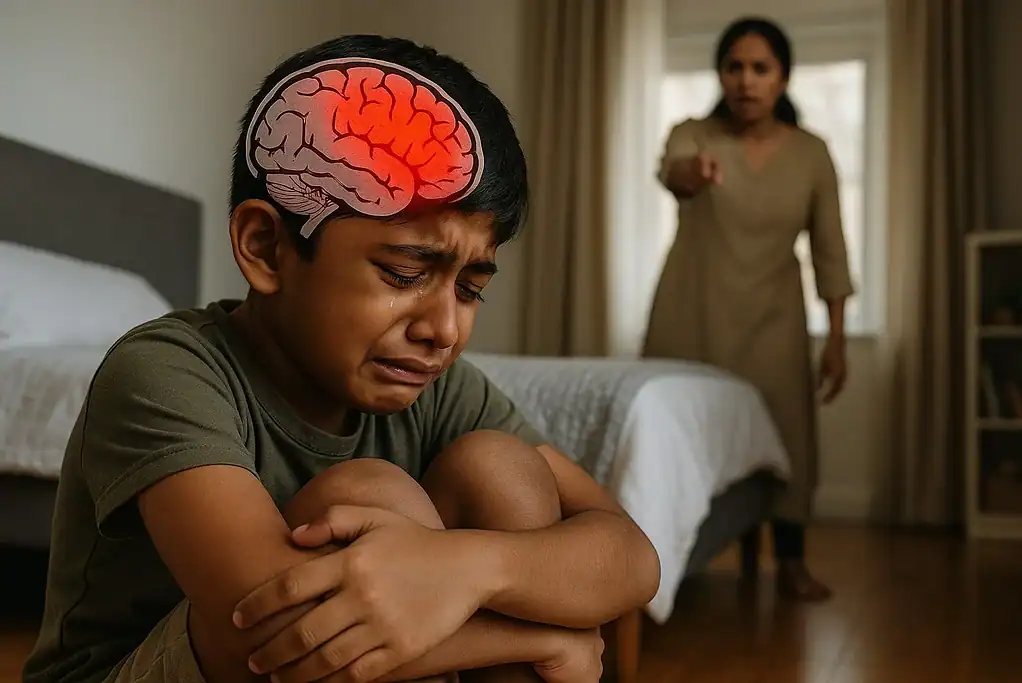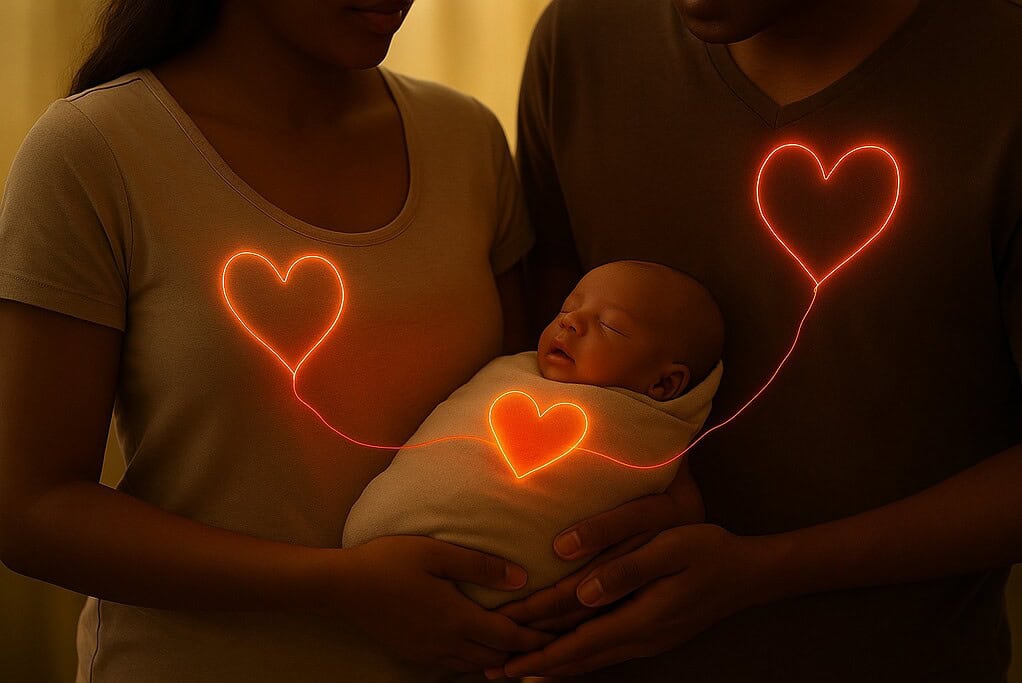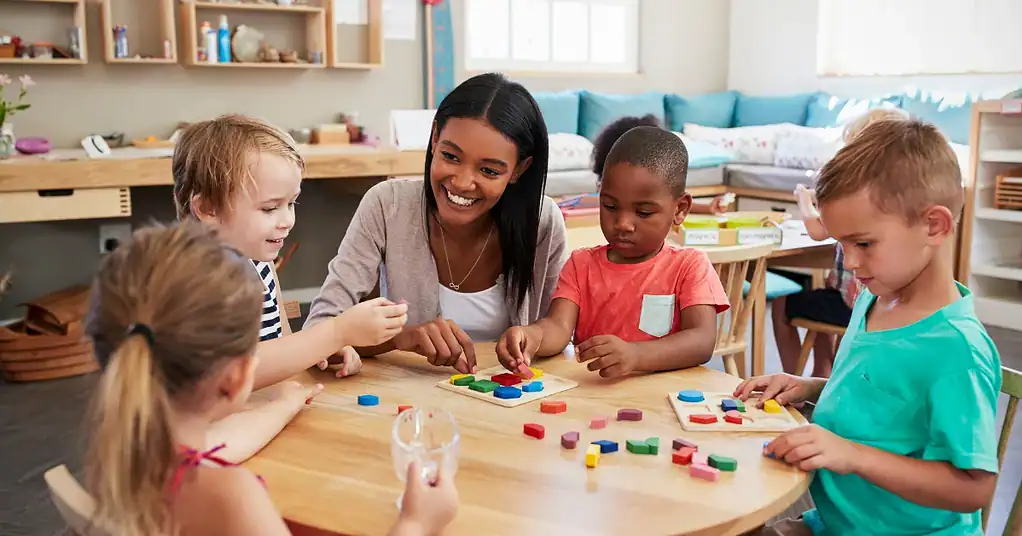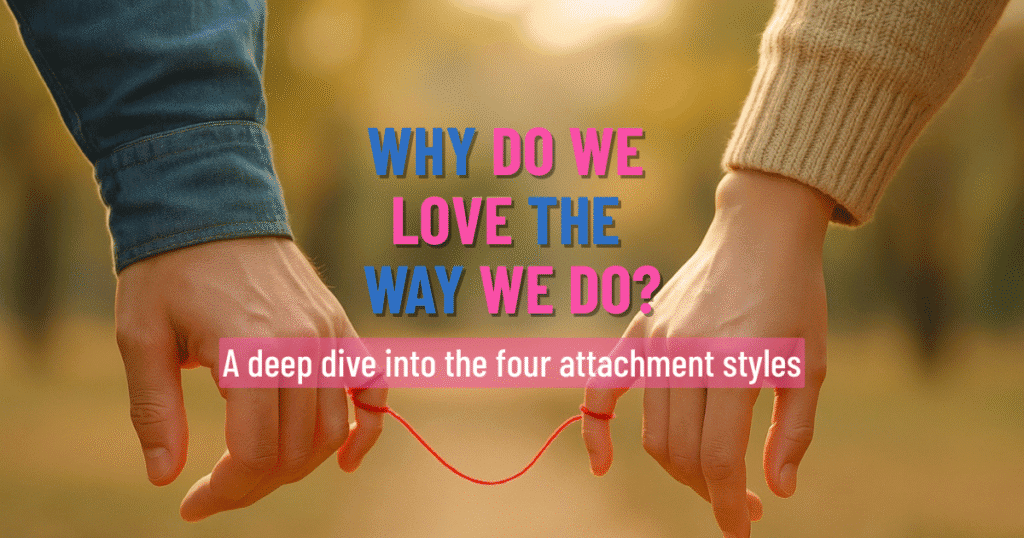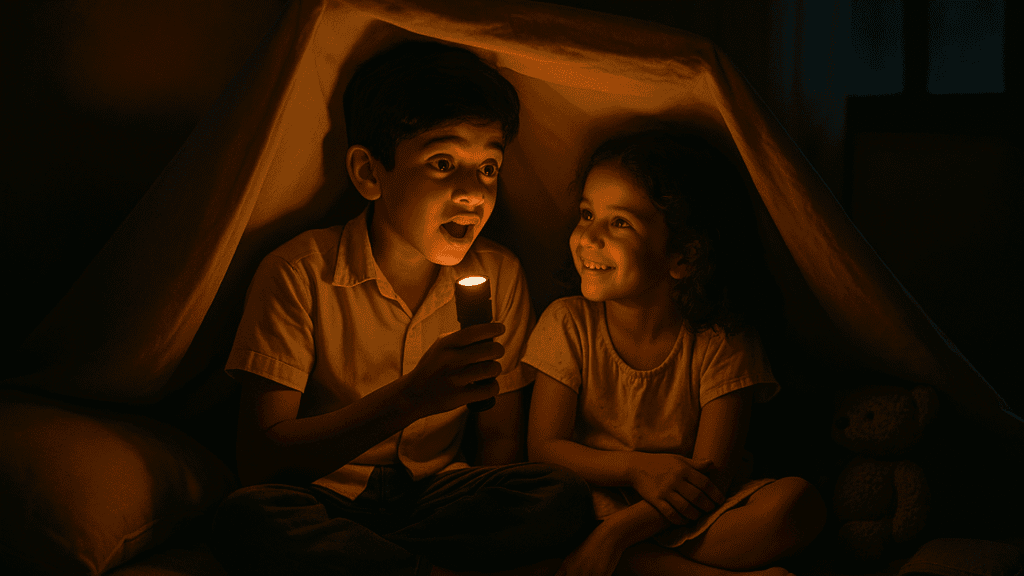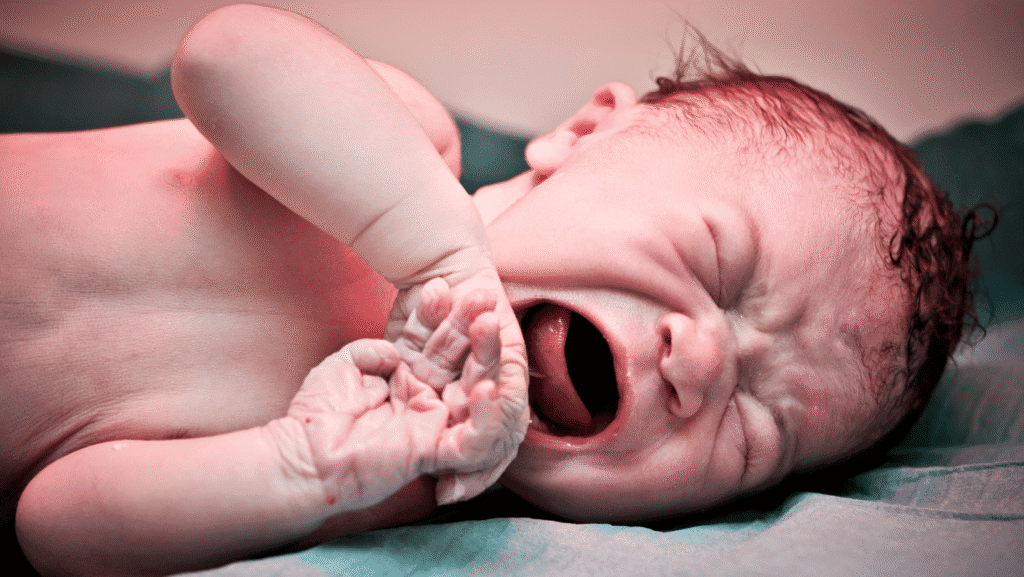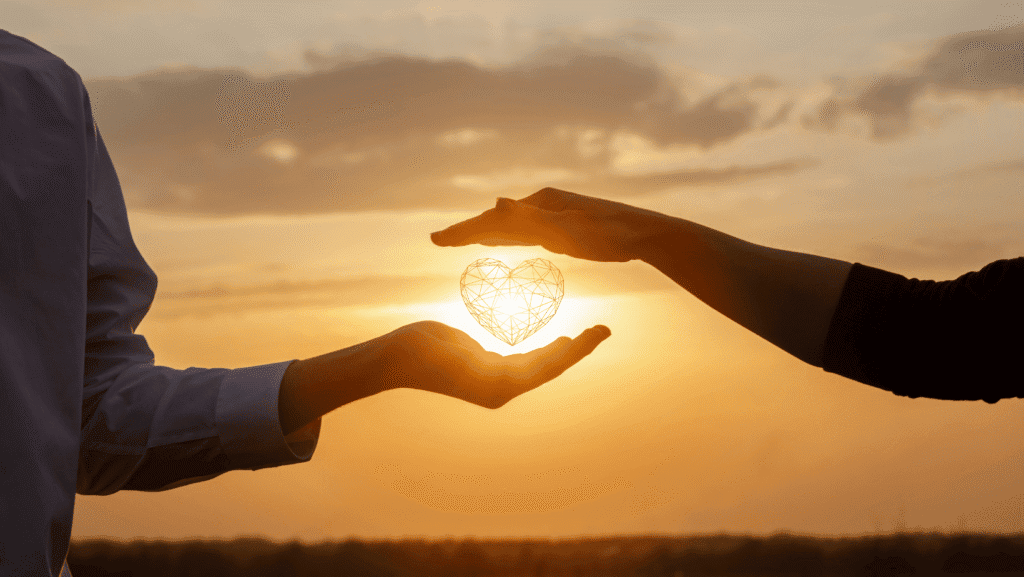Table of Contents
ToggleWhen Love Feels Out of Reach
Meet Tamara…
Tamara was a bright, accomplished woman in her early 30s. On paper, she had everything going for her, yet when it came to relationships, she felt stuck in the same painful cycle.
She kept choosing emotionally unavailable partners. The more distant they became, the more she clung to them. She would send message after message, replay conversations in her head, and feel deeply insecure if she didn’t hear back right away. When she was single, she felt hopeless, as though life didn’t make sense without being in a relationship.
One day, in frustration, Tamara confessed: “Why do I always end up here? Why do I feel like I’m too much and yet never enough for the people I love? I love so much, but it’s never reciprocated.”
As we explored her past relationship patterns, Tamara realized she was replaying an old script, one formed in her earliest years. She began to recognize her anxious attachment patterns: the fear of being abandoned, the constant need for reassurance, and the way she lost herself in others.
This realization was not the end of her story but the beginning. Tamara learned that these patterns weren’t “her fault.” They were strategies her nervous system developed long ago to survive unpredictable love. And slowly, she began to rewrite her story, cultivating a secure relationship with herself, rewiring her nervous system for safety, and learning that love can feel steady, not fragile.
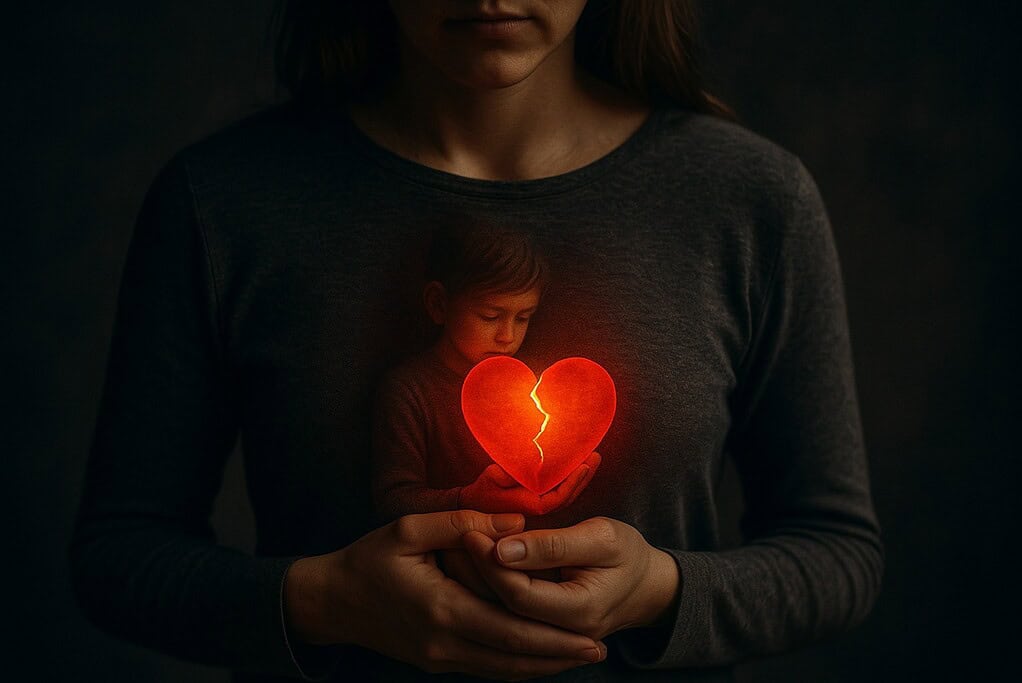
What Is Anxious Attachment?
Anxious attachment is one of the four main attachment styles, patterns of relating that form in childhood and shape how we connect in adulthood.
In simple terms, it means living with an inner alarm system that is always worried about losing love. The anxious style makes people crave closeness and connection, but also fear that the connection could disappear at any moment.
So while those with an anxious attachment style deeply value relationships, they often feel insecure inside them, worrying about being abandoned, doubting their worth, and seeking constant reassurance.
What Causes Anxious Attachment in Childhood
Anxious attachment usually develops when a child’s caregivers are inconsistent, sometimes warm and loving, other times distant or unavailable. This unpredictability makes the child unsure of whether love and comfort will always be there.
Here are some childhood experiences that commonly shape anxious attachment:
- Unpredictable caregiving – Sometimes receiving attention, sometimes being ignored.
- Emotionally distracted parents – Caregivers are preoccupied with stress, conflict, or work.
- Meeting physical needs but not emotional ones – A child is fed and clothed but not soothed when sad or scared.
- Conditional love – Feeling loved only when behaving well or achieving something.
- Frequent separation or instability – Divorce, long work absences, hospital stays, or sudden changes in caregivers.
- Role reversal – When the child feels responsible for the parent’s emotional well-being.
The child develops a belief, “Love is not steady. To keep it, I must work harder, I must chase, stay closer, and never let go.”
How Anxious Attachment Shows Up in Adulthood
Anxious attachment doesn’t stay in childhood; it shows up everywhere relationships matter.
In Romantic Relationships
- Constantly seeking reassurance (“Do you still love me?”).
- Overanalyzing texts, silence, or small changes in tone.
- Jealousy or fear when a partner needs space.
- Feeling high when close, but crushed when distance appears.
In Friendships
- Worrying about being left out or replaced.
- Feeling hurt if messages aren’t answered quickly.
- Over-giving or people-pleasing to keep the friendship safe.
In Family Relationships
- Struggling to set boundaries for fear of upsetting loved ones.
- Feeling overly dependent on approval from parents or siblings.
- Taking responsibility for others’ emotions.
In Professional Life
- Anxious when not given immediate feedback or recognition.
- Overworking or overachieving to feel secure.
- Taking criticism very personally.
- Fear of being excluded from group dynamics.
Why It Feels So Overwhelming
The Science Behind the Struggle
Why does anxious attachment feel so overwhelming? Neuroscience helps us understand.
The amygdala, the brain’s fear center, is extra sensitive in anxiously attached individuals. It reacts quickly to signs of possible rejection or abandonment, even small things like a delayed reply. This sets off the body’s alarm system: racing heart, tense muscles, and anxious thoughts.
At the same time, the brain craves oxytocin, the bonding hormone that brings comfort during closeness. But because early care was inconsistent, the system doesn’t trust that comfort will last. Relief from reassurance fades quickly, and the cycle of needing more begins again.
Stress hormones like cortisol also rise when closeness feels threatened. This makes the anxious state feel intense, urgent, and difficult to regulate. The rational part of the brain (the prefrontal cortex) often gets “hijacked,” leaving emotions in the driver’s seat.
Put simply, anxious attachment is not about being “too needy” or “too emotional.” It’s a nervous system wired to protect love at all costs.
A Gentle Pause for Reflection
If you see yourself in these patterns, I invite you to pause with these reflections with curiosity and compassion:
- Who feels closest to you in your life right now, and in what ways does that connection impact your emotions?
- Can you recall the last time you felt a wave of panic in a relationship? What set it off?
- In those moments of anxiety, what story does your inner voice tell you: “I’m not enough,” “I’m too much,” or something else?
- When relationship anxiety shows up, how does it register in your body: racing heartbeat, tight chest, shallow breathing, or something different?
- If you tune into your younger self during those anxious moments, what comfort or support might they be longing for?
- When you imagine feeling truly safe in a relationship, how would your body experience that safety?
Healing Toward Security
The Science Behind the Struggle
Psychologists call this transformation earned secure attachment. It means that even if you didn’t grow up with consistent caregiving, you can “earn” security later in life through new relational experiences that rewire your nervous system and reshape your beliefs about love.
How does this happen?
- Self-Awareness and Reflection – Recognizing old patterns, like Tamara did, is the first step.
- Healing Relationships – Being in consistent, reliable, emotionally safe relationships teaches your nervous system that love can be trusted.
- Intentional Practices – Self-soothing, journaling, nervous system regulation, and inner child work provide the consistency that was missing.
- Rewriting Core Beliefs – Over time, “I’m not enough” begins to shift into “I am worthy of love and security.”
Research shows that people who develop earned secure attachment often become deeply empathetic and resilient, because they have consciously worked through their early wounds.
Healing anxious attachment isn’t about becoming a different person. It’s about becoming the most secure, grounded version of yourself, and discovering that love is not something you must chase, but something you can finally rest into.
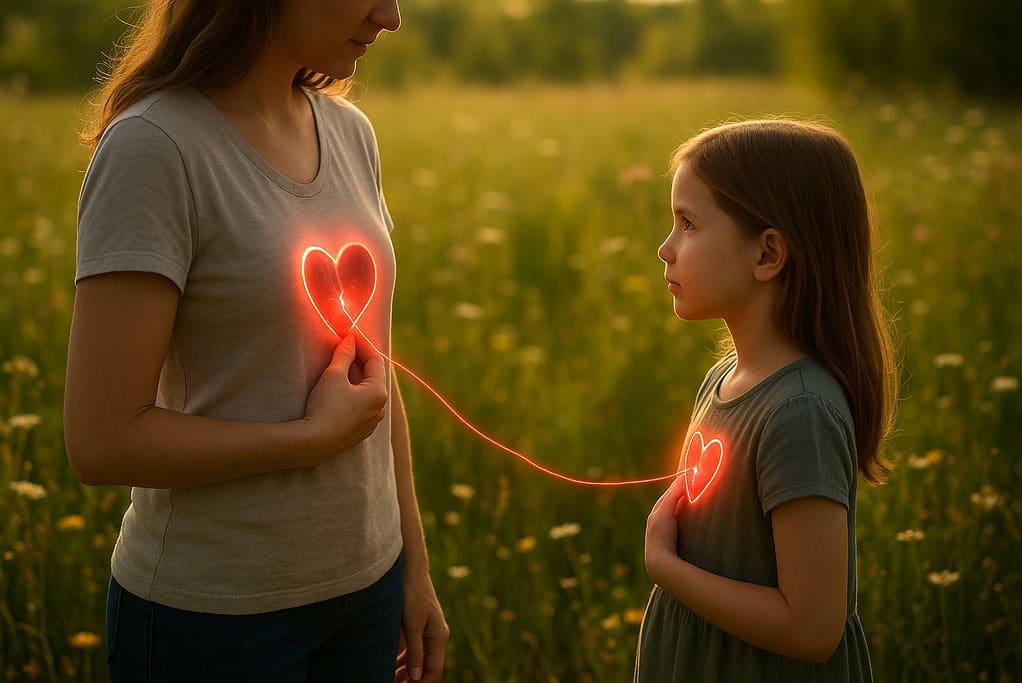
Before We Close…
Anxious attachment is not a flaw; it is a survival strategy your younger self created in a world of uncertainty. But today, you have the power to rewrite that story.
Like Tamara, you can shift from chasing love to cultivating it, first within yourself, and then with others. Healing anxious attachment means learning that love does not have to be a rollercoaster. It can be steady, safe, and deeply nourishing.
Because real security begins not when someone else says, “I won’t leave you,” but when you can say with confidence, “I am enough, and I am safe, even when I stand alone.
Thank you for reading and for your heartfelt support and interest.
May love lead you gently back home to yourself.
With grace and gratitude,
Lux Hettiyadura
Directress, Child/Adolescent Development & Parenting Coach Education – Ignite Global
If This Resonated With You…
📚Read More- If you’d like to explore this topic further, I invite you to read my earlier article, Why Do We Love the Way We Do? – A Deeper Dive into the Four Attachment Styles.
💌 Join the Conversation – Subscribe to my newsletter, Strings Attached, to receive regular insights, stories, and resources on attachment, relationships, and healing.
🎥 Keep Learning – Watch related videos on my where I break down attachment science into everyday language and share tools you can use right away.
🤝 Share the Love – If this article touched you, share it with someone who may need these words today. Sometimes, the smallest act of passing on knowledge can create the biggest ripple in someone’s healing journey.
🌿 Stay Connected – Healing is not meant to be done alone. By staying connected, you’re creating a community of awareness, compassion, and growth.
References
Ainsworth, M.D.S., Blehar, M.C., Waters, E. and Wall, S. (1978) Patterns of attachment: A psychological study of the strange situation. Hillsdale, NJ: Erlbaum.
Bowlby, J. (1969/1982). Attachment and loss: Volume I. Attachment. 2nd edn. New York: Basic Books.
Cassidy, J. and Shaver, P.R. (eds.) (2016) Handbook of attachment: Theory, research, and clinical applications. 3rd edn. New York: Guilford Press.
Coan, J.A. (2016). Toward a neuroscience of attachment. In: Cassidy, J. and Shaver, P.R. (eds.) Handbook of attachment: Theory, research, and clinical applications. 3rd edn. New York: Guilford Press, pp. 241–265.
Mikulincer, M. and Shaver, P.R. (2016). Adult attachment and emotion regulation. In: Cassidy, J. and Shaver, P.R. (eds.) Handbook of attachment: Theory, research, and clinical applications. 3rd edn. New York: Guilford Press, pp. 507–533.
Schore, A.N. (2001). Effects of a secure attachment relationship on right brain development, affect regulation, and infant mental health. Infant Mental Health Journal, 22(1–2), pp. 7–66.
Siegel, D.J. (2012). The developing mind: How relationships and the brain interact to shape who we are. 2nd edn. New York: Guilford Press.
van IJzendoorn, M.H. and Bakermans-Kranenburg, M.J. (2019). Bridges across the intergenerational transmission of the attachment gap. Current Opinion in Psychology, 25, pp. 31–36.

